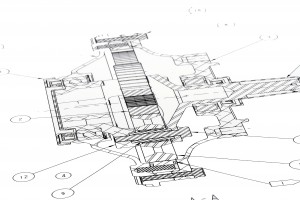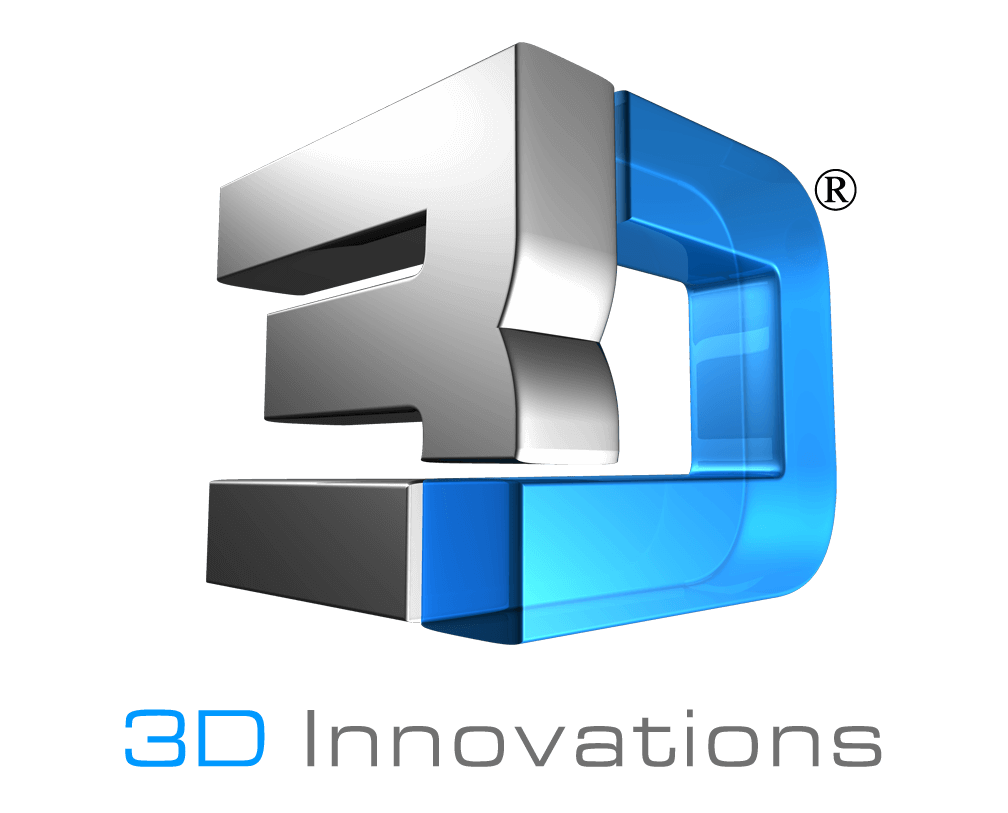 Computer Aided Design (CAD) is a tool that many engineers have come to heavily rely on. This technology has been around for decades and we have witnessed many advancements in the technology. Recently though we are starting to see a shift in CAD to more “futuristic” ways of using the technology and we wanted to pose a question to our community, What do you think the future looks like for CAD?
Computer Aided Design (CAD) is a tool that many engineers have come to heavily rely on. This technology has been around for decades and we have witnessed many advancements in the technology. Recently though we are starting to see a shift in CAD to more “futuristic” ways of using the technology and we wanted to pose a question to our community, What do you think the future looks like for CAD?
For two months in a row now, Rapid Ready Technology has posted some intriguing articles about companies that are trying to advance CAD applications and software in very drastic ways.
1. Leonar3Do Brings Virtual Reality to 3D Design: A Hungarian startup, is ready to offer a different approach to 3D design by allowing people to actually design in 3D. The company’s proprietary technology uses imaging glasses and a stylus called the “Bird” as part of a virtual reality (VR) design space that creates objects in 3D.
“Leonar3Do’s vision has always been to breakout of the antiquated 2D mold and drive design innovation to empower how people can visualize, create and innovate their ideas they have imagined but in real, 3D space,” said Roland Manyai, Leonar3Do’s business development and marketing director.
The system uses infra-red position detection in the form of three sensors mounted around the workspace. The glasses have built-in infra LEDs enabling head-tracking positioning, and the Bird is a spatial input device that allows users to create and interact with 3D VR images.
2. Thinker Thing Directs Digital Design with Your Mind: What if someone could build a design tool that allows the user to make anything they can imagine, by thought alone? Thinker Thing is a company that has taken on this ambitious project, with startup funding from the Chilean government. Instead of controlling the evolution of a design with a mouse or touchscreen, the company is developing a method of using an Emotiv EPOC EEG reader to build 3D objects.
At this point users aren’t directing complete designs with their thoughts, as though your brain were controlling the mouse. Instead, the EPOC measures reactions to different design elements and selects the element that, according to your EEG, is most appealing to the user. Each piece of a larger design slowly evolves as EPOC continues to monitor a user’s thoughts, until eventually the entire piece is complete.
Both of these projects are extremely interesting but at the same time seem a little far off. As far as the future of CAD goes, we expect to see a couple advancements within the next few years. One, Multi-Touch CAD; Take away the keyboard and mouse and you are left with designing on touch screens with your fingers (much like how we use an iPad). Moving geometry, viewing and sketching could all be done with your digits, and could even allow for greater expression than through a keyboard and mouse. Some apps have achieved this, but we expect to see this technology translate to our workplace and become more common. Two, Sharing; One aspect to CAD is the ability to share files from one person to the next. Currently, there are many types of files that cannot be opened with different applications and we expect to see immense growth in this area of CAD as more designers collaborate on projects and push software developers to find better and more standardized was to share files.
These are exciting times for designers, engineers and CAD! We are eagerly anticipating future CAD advancements and can’t wait to see this technology continue its transformation.
Research Articles
- Leonar3Do Brings Virtual Reality to 3D Design Source: Rapid Ready Technology
- Thinker Thing Directs Digital Design with Your Mind Source: Rapid Ready Technology
- What Does the Future Hold for Computer Aided Design (CAD)? Source: Clean Tech Revolution
- Q&A: The Future Of CAD Source: Manufacturing.net
________
3D Innovations is a full service 3D Engineering/Design company – from the 3D Design to a fully functional 3D Prototype & Product.

